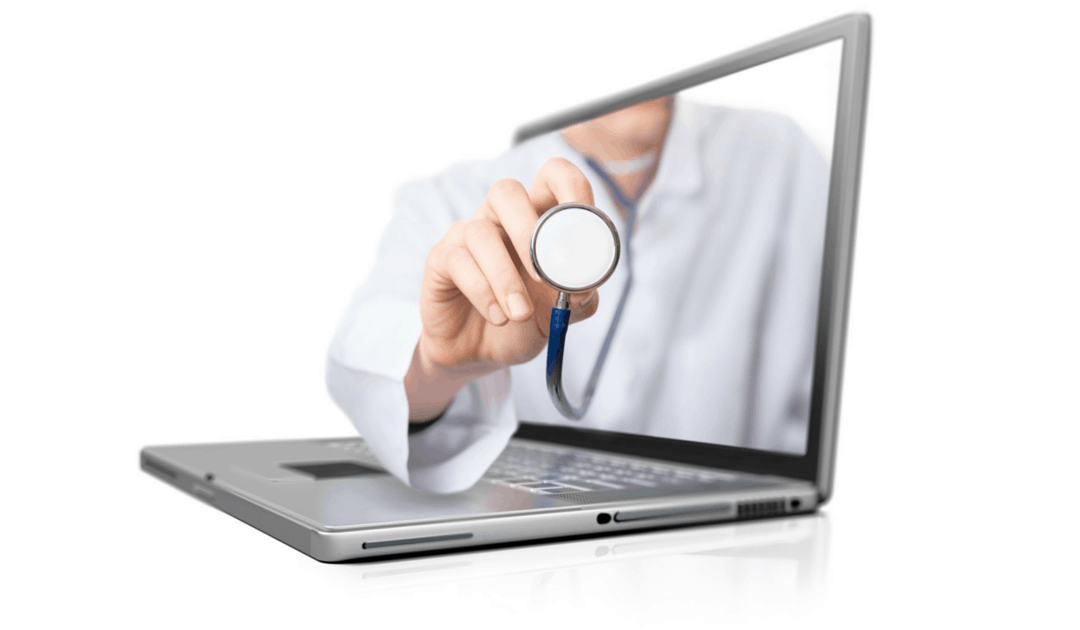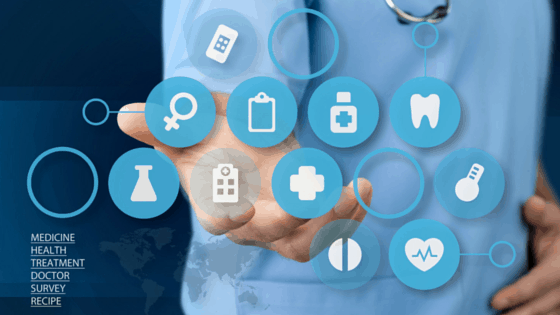
Telehealth for mental healthcare, a scalable solution
Telehealth for mental healthcare makes a lot of sense since mental health care is generally harder to access than other health services, due to a shortage of qualified mental health providers and coverage limits.
A report released by the U.S. Department of Health and Human Services Health Resources and Services Administration (HRSA) titled “Increasing access to behavioural health care through technology” suggests that to be able to reach a larger amount of people, organisations should consider the use of telehealth for mental healthcare.
Teleahealth for mental healthcare
The report mentions that broadly speaking, telehealth for mental health can take two forms:
- A caregiver such as a nurse or social worker can use telehealth technology to conduct a distance-based consultation with a mental health specialist to discuss how to handle a patient’s mental health needs
- A patient can participate in a videoconference session with a mental health specialist
The value telehealth for mental healthcare, was identified by HRSA safety net providers in terms of potential cost savings, efficiency, and expanded access to services. In general the HRSA report mentions the five main benefits of using telehealth tools for mental healthcare:
Improved care delivery
- Provide a more efficient patient care when they combine patient data with best practices in order to make care decisions. For example, in mental health, clinicians can review data and identify early warning signs for behavioral health concerns
- Facilitate the access, use and sharing of data and it supports the health system’s move toward collaborative and integrated approaches by strengthening relationships within a team and across agencies
- The patient-centered medical home (PCMH) model of care recognizes the value of care coordination supported by wireless technology
- Clinics can gain expanded access to experts, like mental health specialists, residing outside the local community. Telehealth can also ease the task of convening consultation sessions between primary care clinicians and behavioral health specialists
Expanded staff capacity
- Offer care providers more flexibility to deliver health care while on-the-go or from different locations—expanding the clinic’s service offerings
- Facilitates the hire of part-time, specialized staff who work remotely for multiple clinics
- Telehealth for mental health can be added to existing clinic operations. Thus, putting a team together is a matter of figuring how to make it work within the context of existing staff and budgets
Enhanced training opportunities
- Conduct trainings for staff when sessions are devoted to sharing of insights and best practices. These trainings can elevate expertise within an agency and across multiple providers
Cost savings
- Reduces the cost of care delivery. For example, if a patient suffers a relapse, telehealth enables a care providers to deliver counseling and intervention services quickly through teleconferencing sessions
Patient acceptance and engagement
- Works around patient fears over accessing services at a certain clinic or neighborhood. Health center patients are frequently reported to be either unable or unwilling to seek services outside of their communities
- Patient acceptance rates for telehealth in mental health are generally high. One HRSA grantee was surprised over one of their early adopters: a psychiatric patient with a paranoid belief that TV was speaking to him. Surely, telehealth would not work with him. However, the patient successfully participated in a session, and, at one point, looked over to his sister with a grin and said: “see, the television does talk to me.”
- Patient portals are meeting a demand since people are increasingly turning to search engines to learn about their health concerns prior to accessing care. When patients go online, providers need to be there. Some portals provide patients with access to their health data so that they can take an active role in their treatment
The Monsenso mHealth solution
The Monsenso mHealth solution for mental healthcare supports the use of telehealth technology in the remote treatment of patients suffering from mental illness. Moreover, the report released by the HRSA mentions five main benefits that the use of telehealth brings to mental health care, and the Monsenso mHealth offers all these benefits.
Improved care delivery
With help of the patient’s smartphone, the Monsenso mHealth platform utilizes advanced technology to collect and analyze data on a patient’s behavior. This collection and analysis of data gives the clinician a deep insight into the relationships between the patient’s behavior and the illness.
Expanded staff capacity
The Monsenso mHealth solution enables clinicians to focus on patients who need immediate attention by notifying clinicians automatically if there are any patients who present any triggers or early warning signs.
Enhanced training opportunities
The information on the clinical web portal can be accessed and shared by multiple clinicians even if they are not based in the same geographical location.
Cost savings
The smartphone application enables patients to fill out self-assessments on a daily basis letting the clinicians know how they feel. This information as well as the information collected through the smartphone’s sensors can help clinicians intervene at an early stage, before the patient needs hospitalization.
Patient acceptance and engagement
The patient-oriented clinical evaluations by Monsenso have shown that the compliance rate is very high (87% to 93%), the solution is very useful and extremely usable by patients and clinicians, it helps patients to manage their illness better, and it helps clinicians offer a better treatment
Reference:
[1] Increasing access to behavioral health care through technology. The U.S. Department of Health and Human Services Health Resources and Services Administration (2013, February). http://www.hrsa.gov/publichealth/guidelines/behavioralhealth/behavioralhealthcareaccess.pdf



